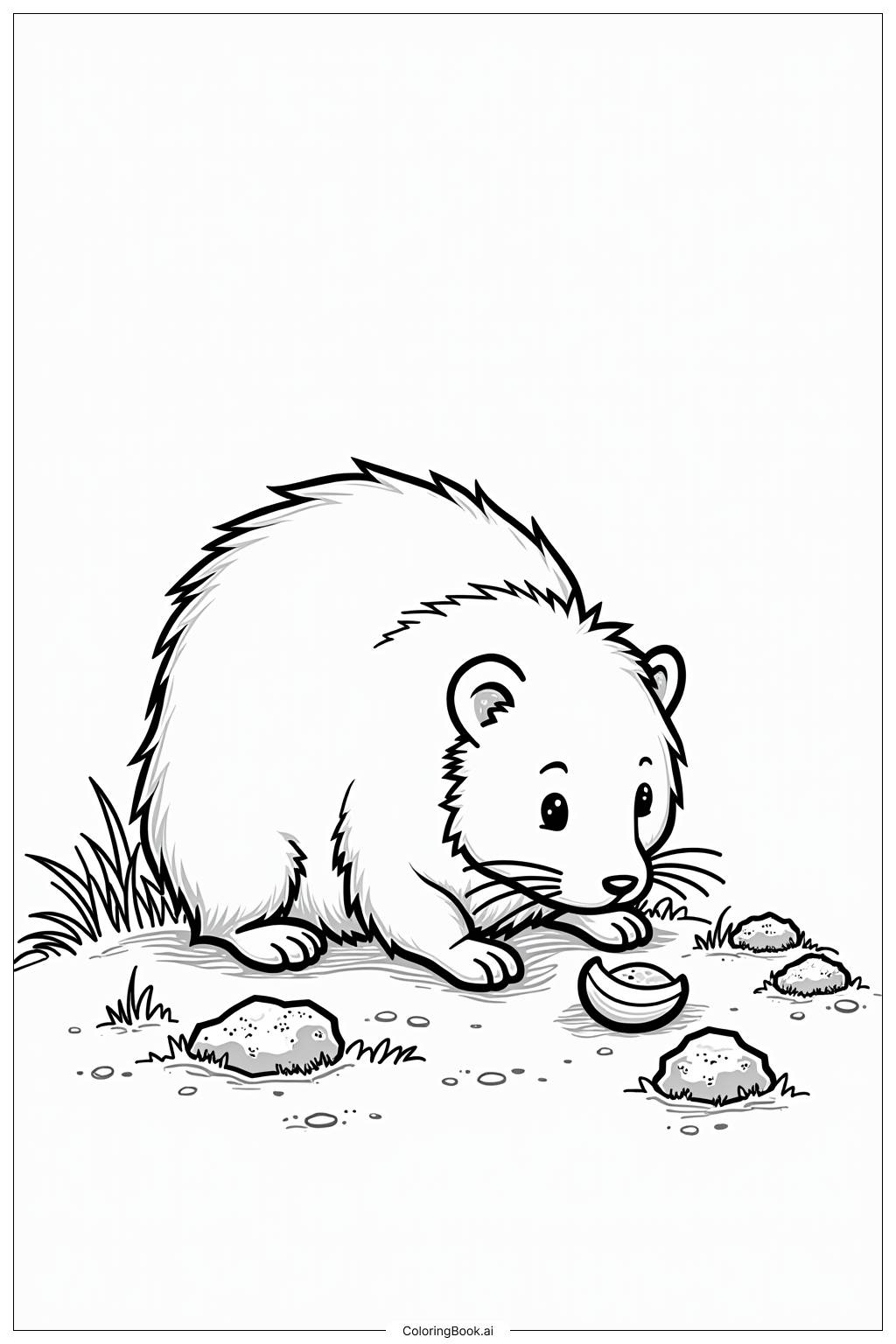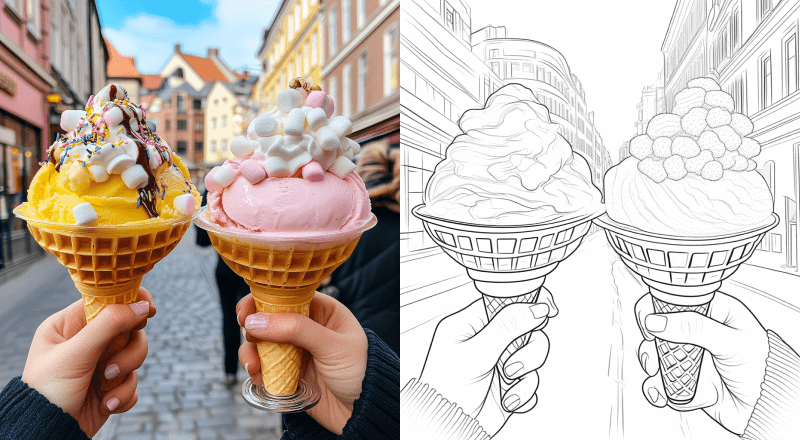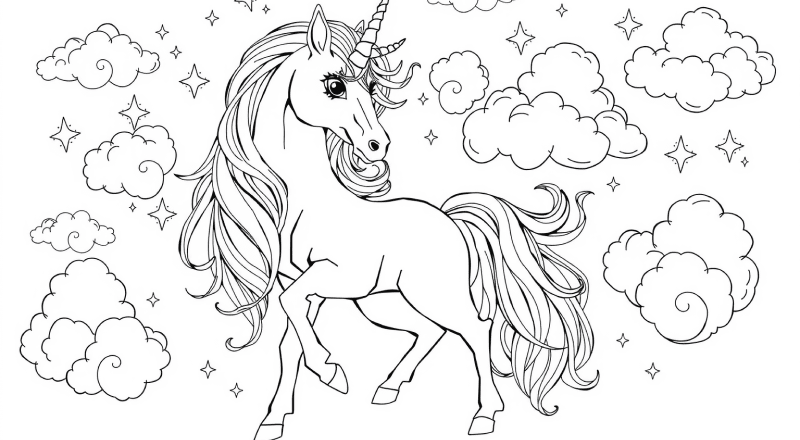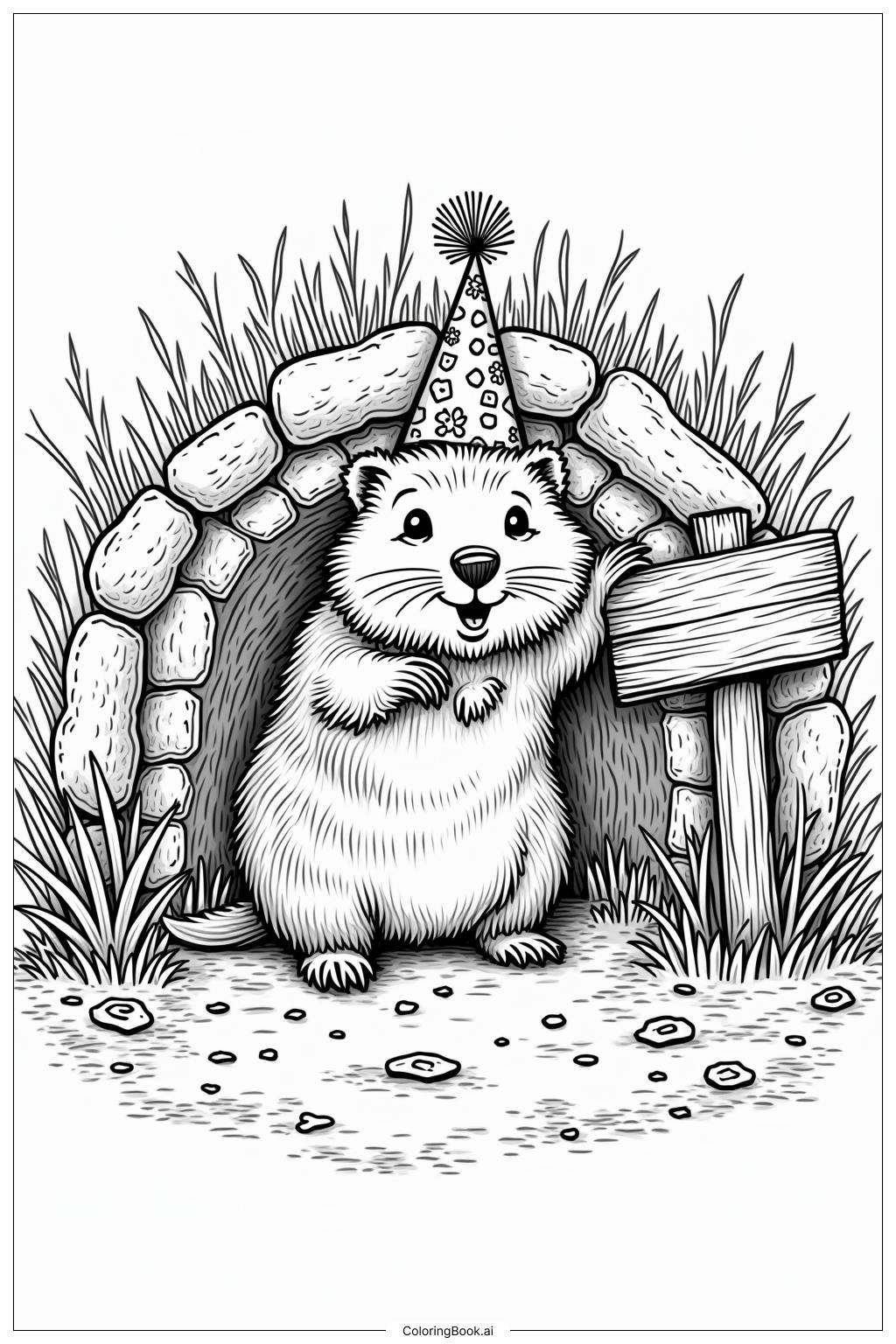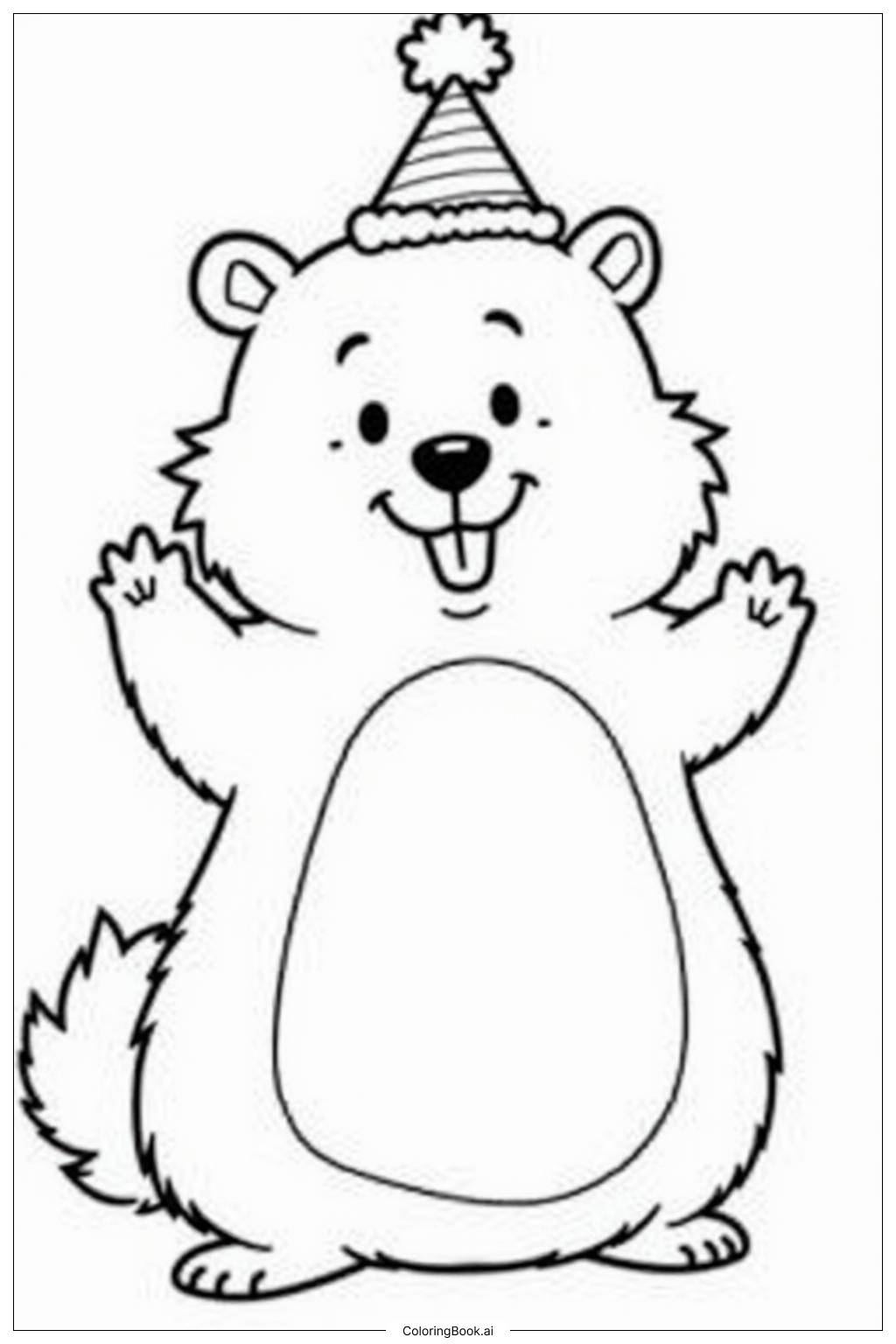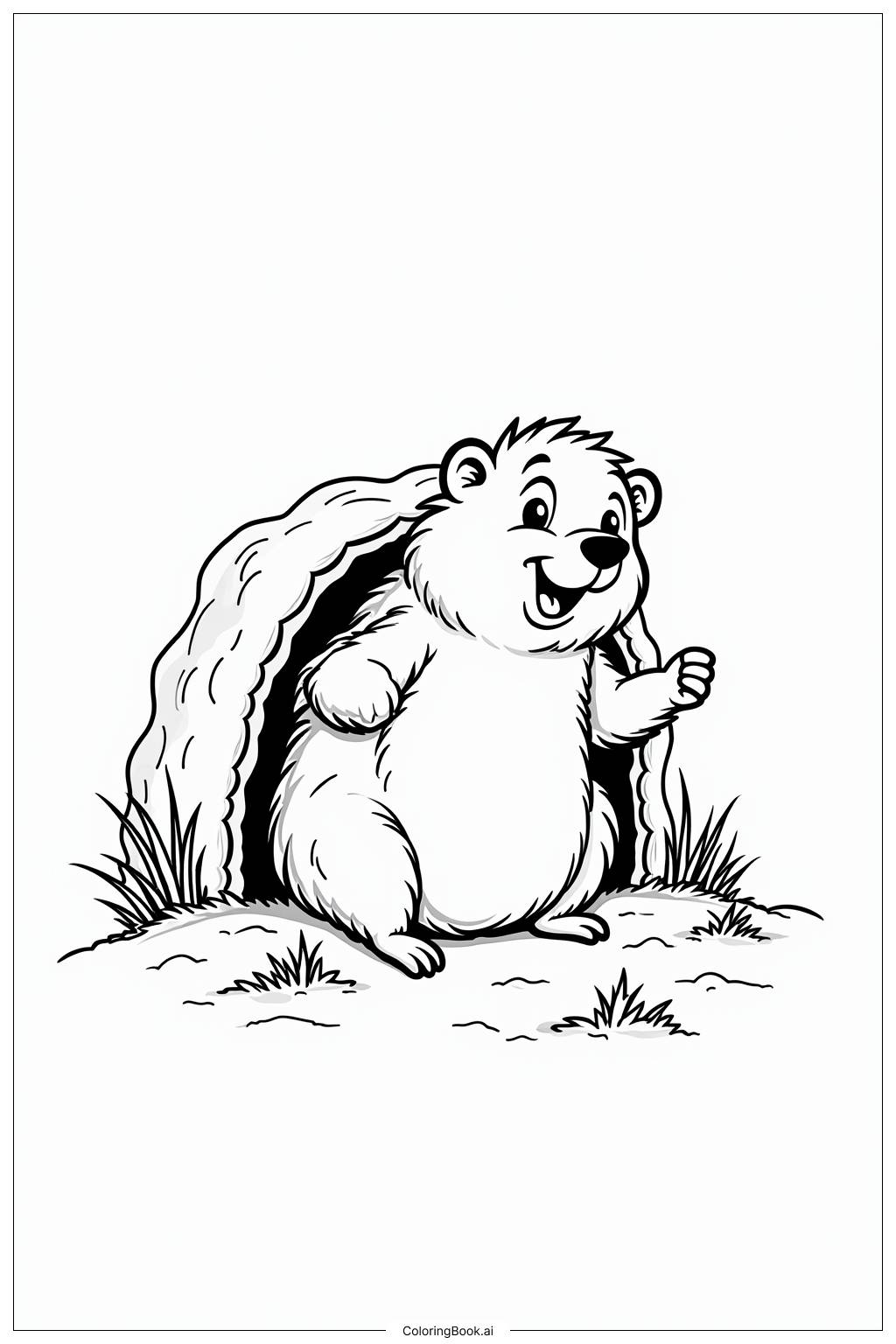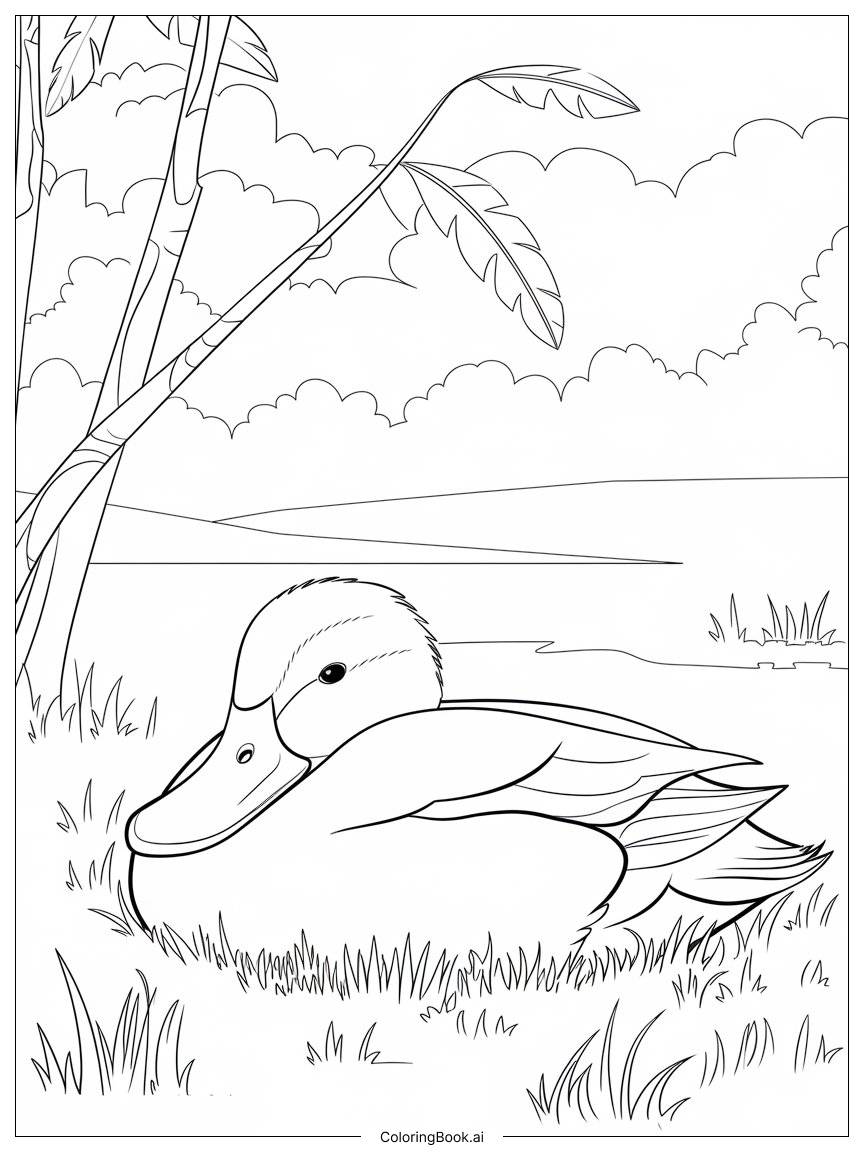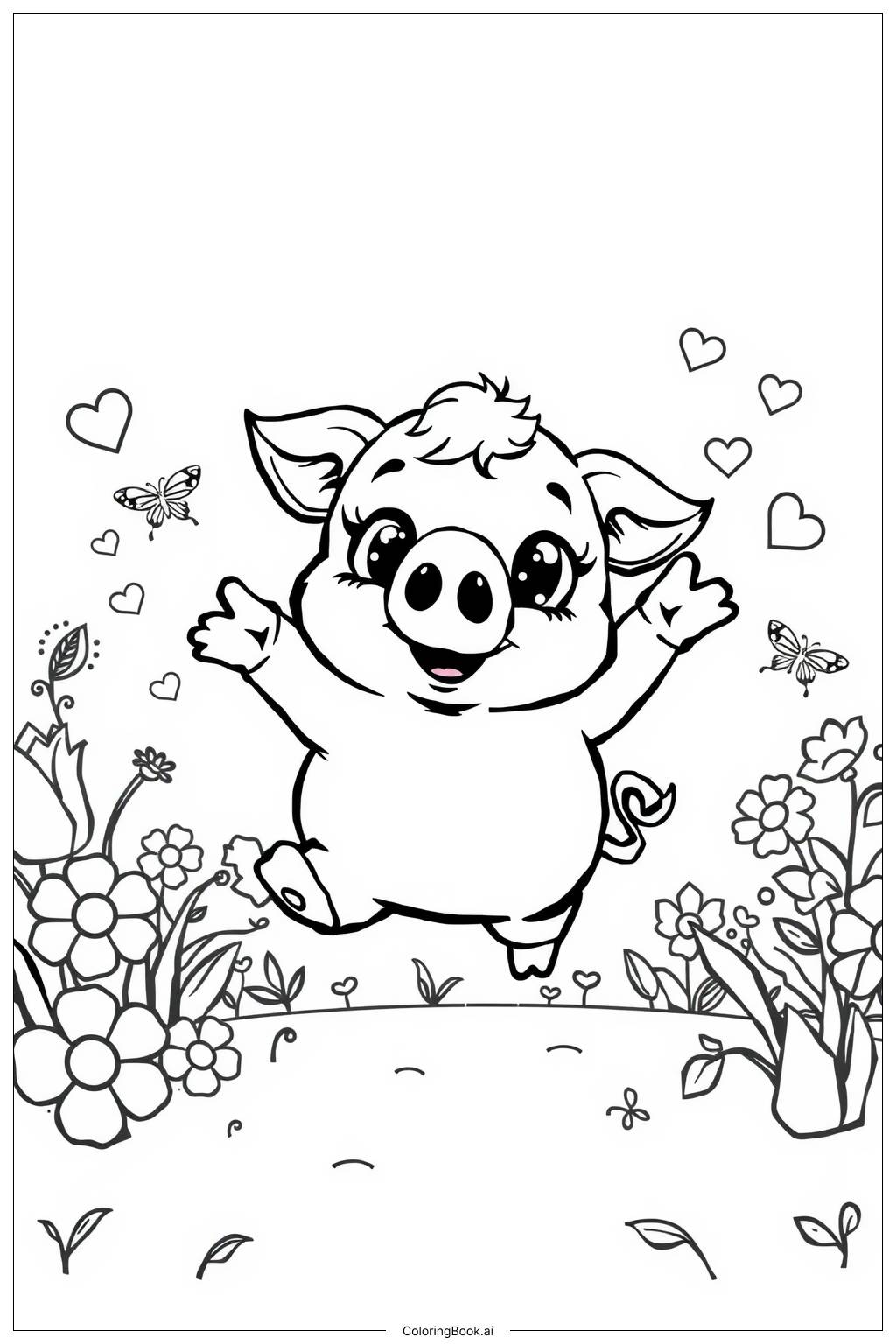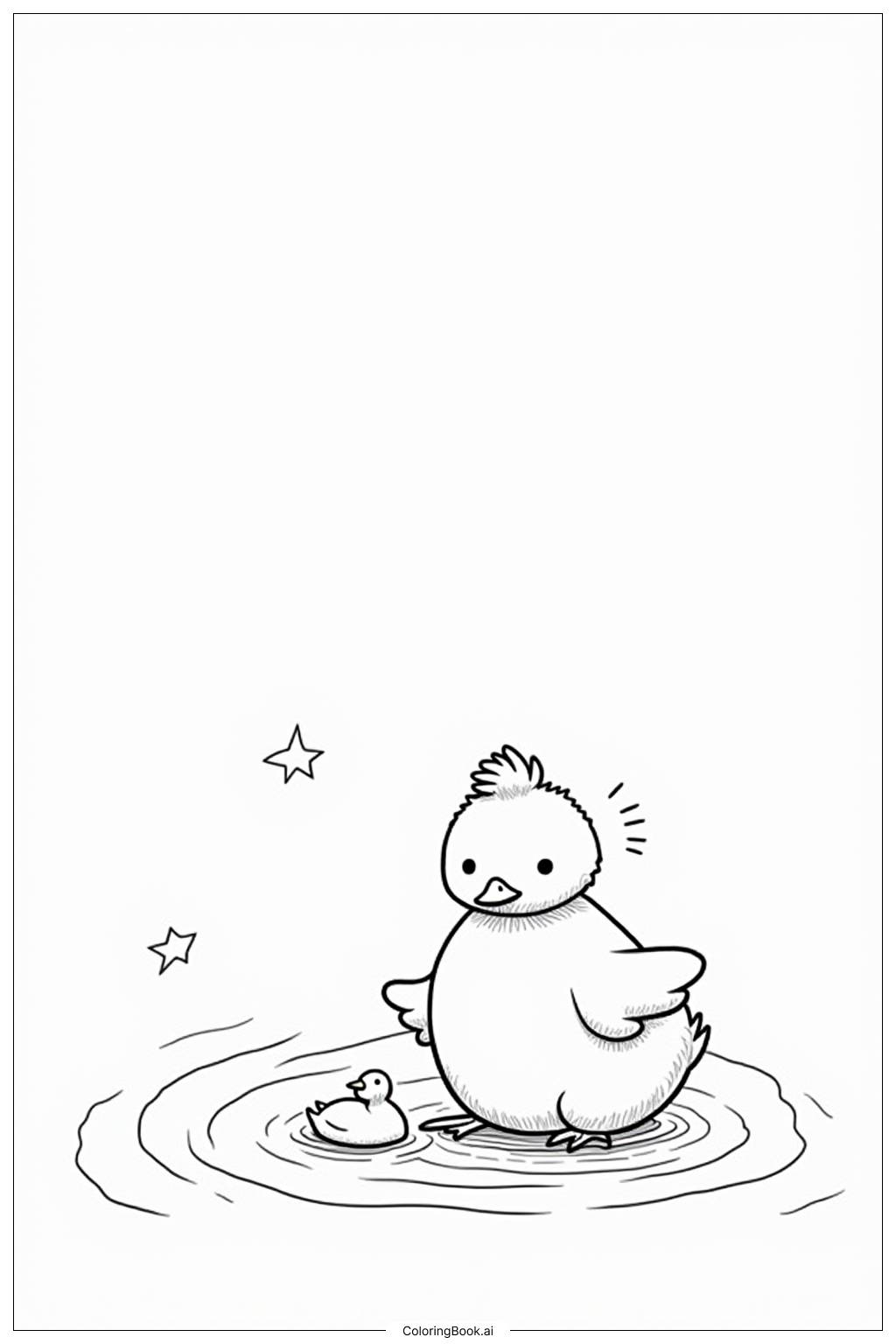Coloring tips: How to color Ground Hog Looking for Food coloring page well?
For filling in this coloring page, you can choose a range of colors for the groundhog. Brown or tan would be great for the fur, while lighter shades can be used for the belly and face. The grass can be bright green, and you may even want to add some flowers for extra color. The food item can be a bright orange or yellow to make it pop. Use different shades to add depth and texture to the fur and grass, making the picture lively and engaging.
Coloring challenges: Which parts are difficult to color and need attention for Ground Hog Looking for Food coloring page?
1. **Fur Texture**: Adding texture to the groundhog’s fur can be tricky. Kids should try using various shades of brown or tan to create a soft, fluffy look. This can take patience and practice.
2. **Detail in Features**: The groundhog has cute features like whiskers and eyes. Coloring these small details requires a steady hand and focus, making it a bit challenging for younger kids.
3. **Shadows and Depth**: To make the groundhog look more three-dimensional, it is helpful to understand shadows and highlights. This can be complex, especially for younger children who are just learning about light and shading.
4. **Blending Colors**: Trying to blend different colors for things like the grass and food can be a fun challenge. Kids might want to experiment with blending techniques, which might require some practice.
Benefits of coloring books: Advantages of drawing Ground Hog Looking for Food coloring page
Coloring this groundhog scene can be very beneficial for kids. It helps improve their fine motor skills as they navigate around the lines. Coloring can also enhance creativity since children get to choose their colors and how to apply them. It encourages focus and can be a calming activity, reducing stress levels. Additionally, learning about the groundhog while coloring can foster curiosity about nature and wildlife, making it both an educational and fun experience.
